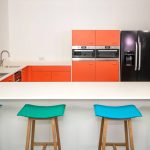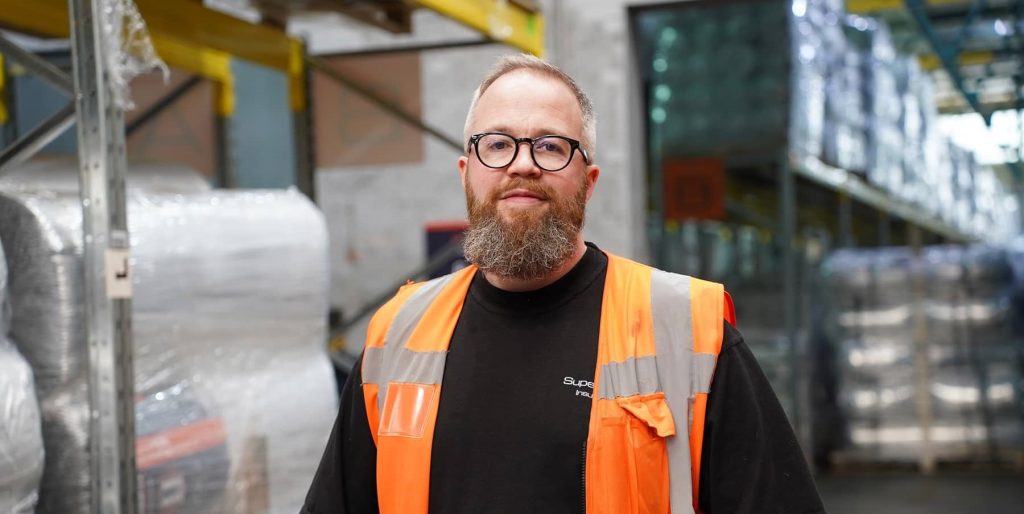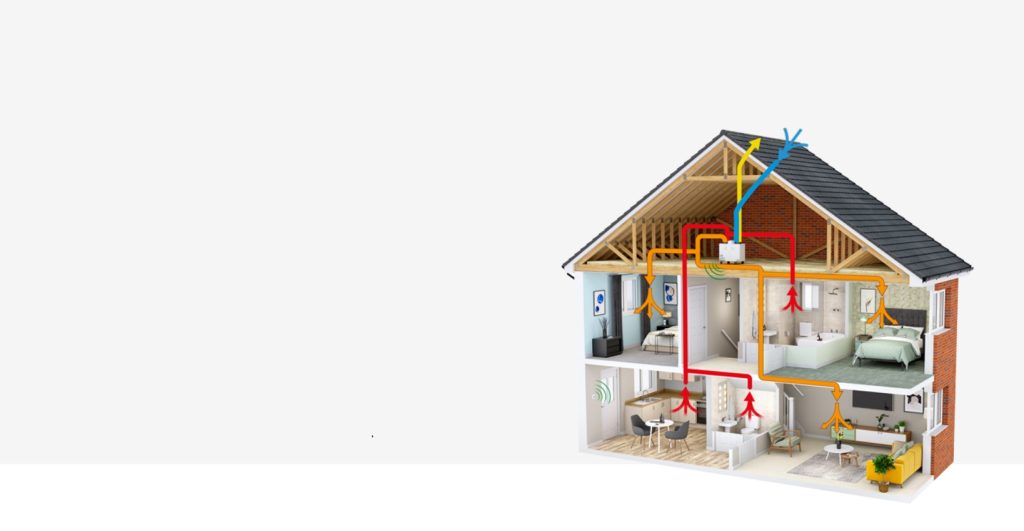Waste not, want not
Water and all its applications, from personal hygiene and cleaning to food and drink, is largely taken for granted as an abundant and never-ending source. However, global concerns such as water-stress are now having an impact across Europe.
Ignorant to the link between energy savings and water conservation, consumers persist in using high-consuming showers, letting the water run whilst brushing teeth, having fuller baths and washing up without a bowl – leaving the building industry faced with the challenge of how to convert consumers to saving water.
Energy-efficient products have been welcomed by consumers in other areas of commercial and private properties, but they have been slower to embrace the same level of change in the bathroom, despite it accounting for almost two-thirds of daily water consumption, according to the Water Label.
Tackling misconceptions
Many consumers tend to assume that switching from baths to showers is enough, despite some power showers using more water than an average bath. Others are reluctant to switch to water efficient showers, assuming the design will fall short and have a negative impact on the showering experience. Historically poorly designed, unattractive and noisy, it’s not surprising that the building industry as a whole has found it difficult to convert consumers.
However, with developments and strict building regulations, such as the Code for Sustainable Homes and changes to Part G, the building industry is now under pressure to specify and install environmentally-friendly products that meet customer demands of high quality.
Manufacturers in the market have embraced this philosophy and have worked hard to produce aesthetically-pleasing eco alternatives which help to create a luxurious bathroom environment. Recent years have seen a great deal of green technological developments in the bathroom – particularly the transformation from unattractive and functional showers and taps to beautifully finished, stylish products.
Product solutions
The latest advancements, such as Aurajet shower technology, and smart water controls, like ceramic disc brassware, combine water saving credentials with aesthetics. However, the real issue is raising consumer awareness, not just about their environmental impact, but also how faulty or less efficient systems are costing them money.
According to the Future Water Report, the Government’s Water Strategy for England, a single dripping tap wastes 15 litres of water a day, or almost 5,500 litres per year. Ceramic disc technology is a clever solution for the eco and money-conscious consumer. With a ceramic disc tap or shower, all that is needed to turn a tap off is a quarter turn and the water flow will stop straight away. On top of that, ceramic discs don’t wear out like conventional rubber washers. The discs can be used in mixer showers, bathroom and kitchen taps, potentially saving thousands of litres of water every year.
By saving a potential 5,500 litres of water per tap, per year, consumers will not only benefit from an easy-to-use product, but they will see a reduction in their water and energy consumption too. This is particularly essential for water-metered properties.
Times are changing and, gradually, the world is waking up to this very serious issue of water wastage. Strict building regulations continue to rise, as will the number of water meters being installed across the UK. In order to not fall victim to increased water bills, consumers need to be informed that there are bathroom products available that enable them to reduce consumption without compromise.
The voluntary Water Label scheme is gaining ground, providing easy access to a database of bathroom products which use less water, save energy and save money. Members of the bathroom industry are positive that with increased awareness consumers, specifiers and installers can buy with confidence.



















